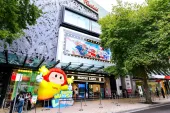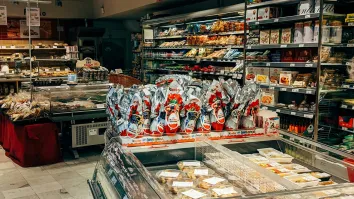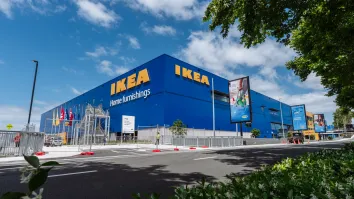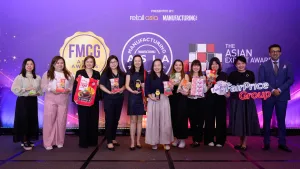Projecting the future of e-commerce with new media and video
How can video and new media content help online retailers? Muneerah Bee catches up with Ankiti Bose, CEO and co-founder of Zilingo, to find out more.
With the saturation of online shops today, technology and innovation will be key as they boost efficiency and productivity, and increase the quality of user experience and ease of purchase.
Ankiti Bose, CEO and co-founder of online fashion, beauty and lifestyle marketplace Zilingo, shared: “For us, tech has proven to be a differentiator on both the buyer’s and seller’s side, whether it’s our Seller Centre or the seamless e-commerce platform where users can discover marketplace products effortlessly.”
Video and new media have a lot of potential for growth and development, according to Bose, as retailers are starting to think about video not just as a way to engage customers in advertising, but also to make the e-commerce experience feel closer to the offline retail experience.
This means using video in product catalogues, social media content and user generated content. Zilingo’s website hosts a video blog The Clozet (https://zilingo.com/en-sg/content/CONTHECLOZET) featuring the products available on the e-store. For example, there is a video that highlights different styles of blazers and it includes links that take shoppers directly to the pages where they can purchase the products. Bose explained: “Video has always been a focus for us at Zilingo because our millennial shoppers love video and are far more engaged when we use video as a medium. We're focusing on our shoppable videos and video magazine, The Clozet, where users can explore trends, celebrity styles and new brands through video and shop directly.”
Strategic targeting
She also cited data aggregation and the use of data effectively as top priority for retailers across the board. “Data serves us not only to target customers with relevant messaging and give each user a personalised shopping experience, but also to deliver useful and actionable insights to our vendors so that they can grow their business effectively.”
For example, Zilingo uses data to analyse current and future fashion trends to ensure that its vendors can stock the right kind of products that consumers are looking for to boost their sales. “We also use data on shopping behaviour and sales to help sellers with a whole array of decisions, whether it’s pricing, inventory management or market insights,” Bose commented.
Data also helps the e-commerce platform to understand better what customers are looking for in that session and also what they would love to discover among the thousands of brands and merchants we have on board. Bose said: “We offer recommendations and discovery channels on-site to connect with customers with the right message and make sure they find something they love.”
Featuring upcoming “indie” labels and fashion designers, Zilingo is available in Singapore, Indonesia, Thailand, Malaysia, Hong Kong and Australia.



















 Advertise
Advertise






